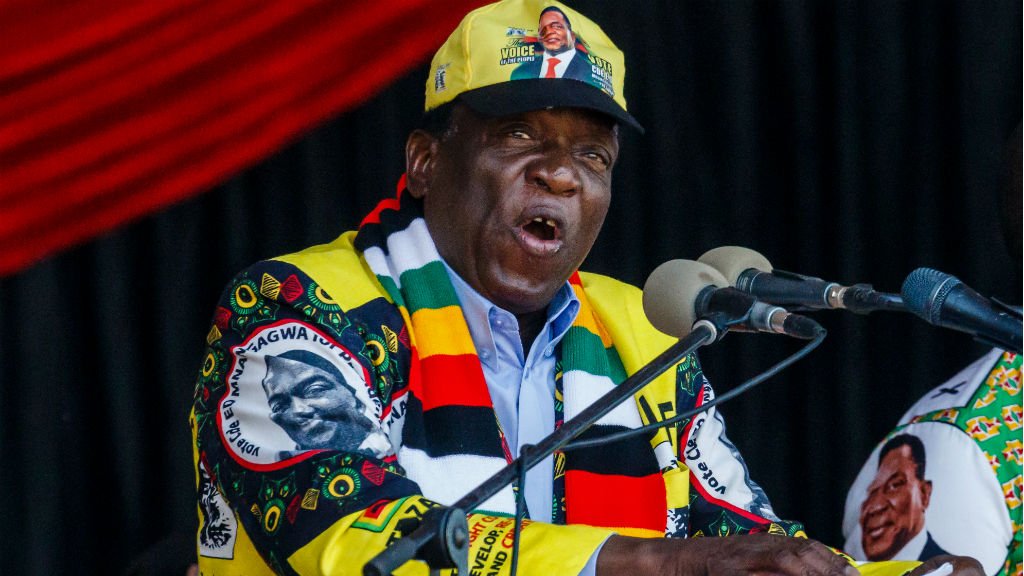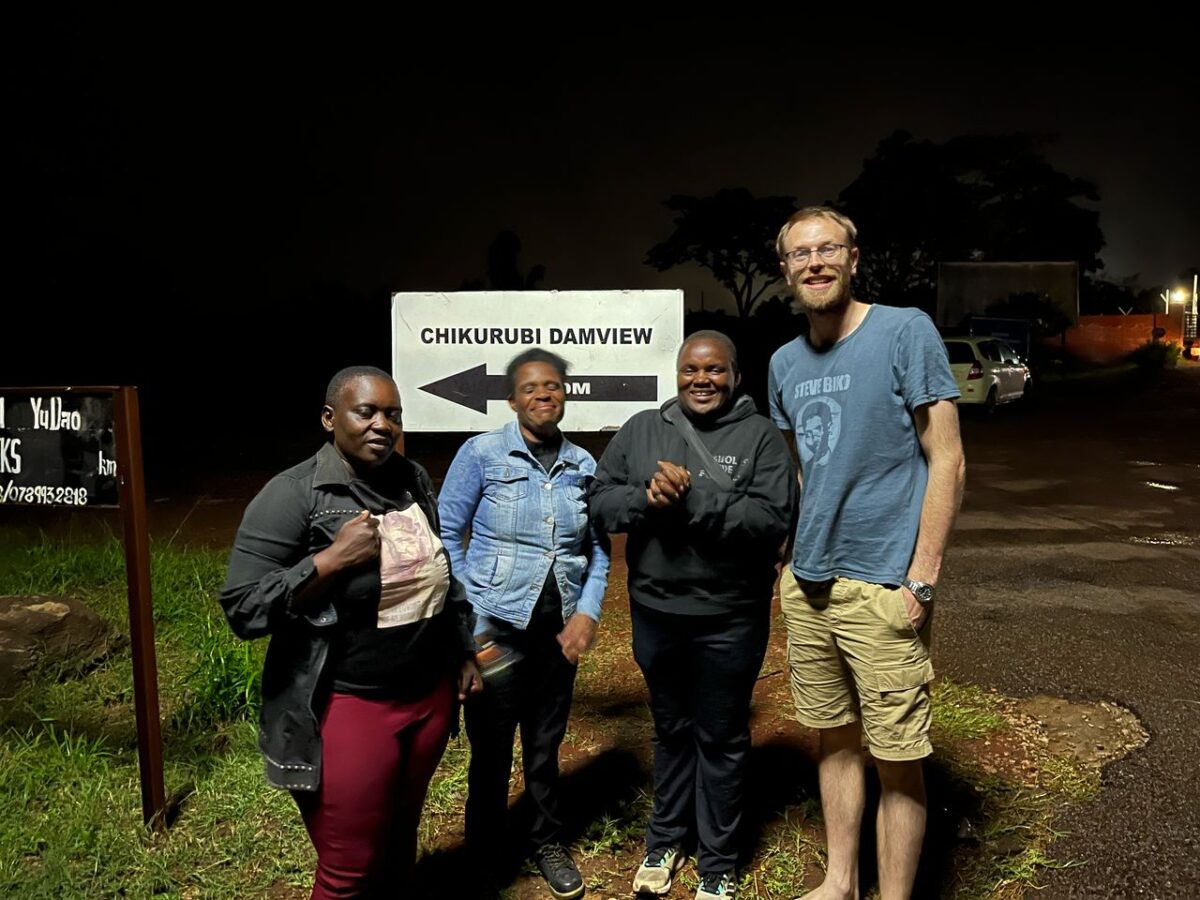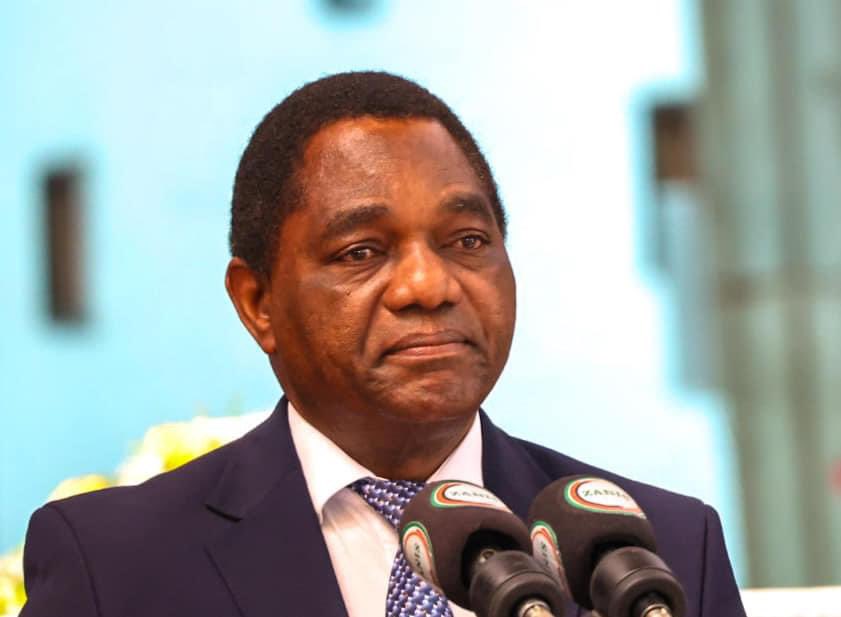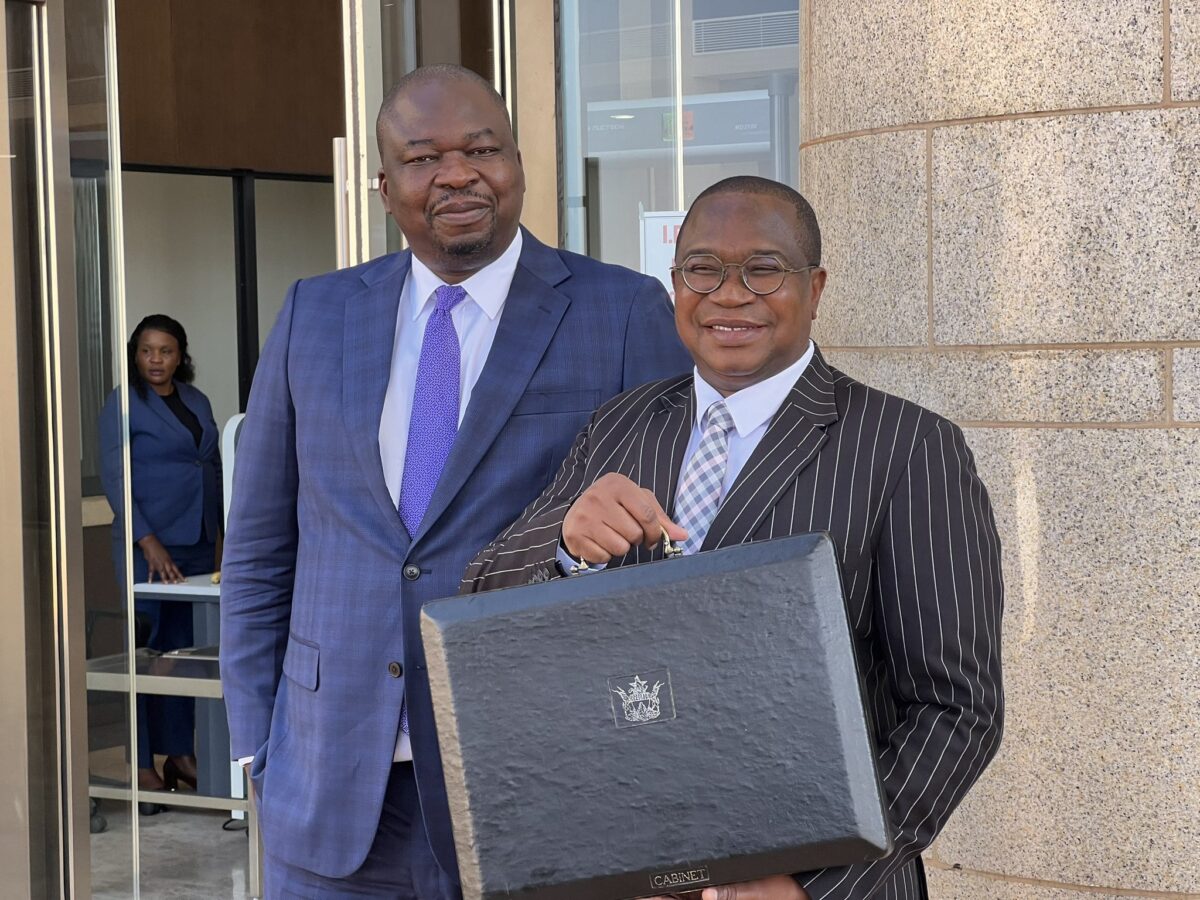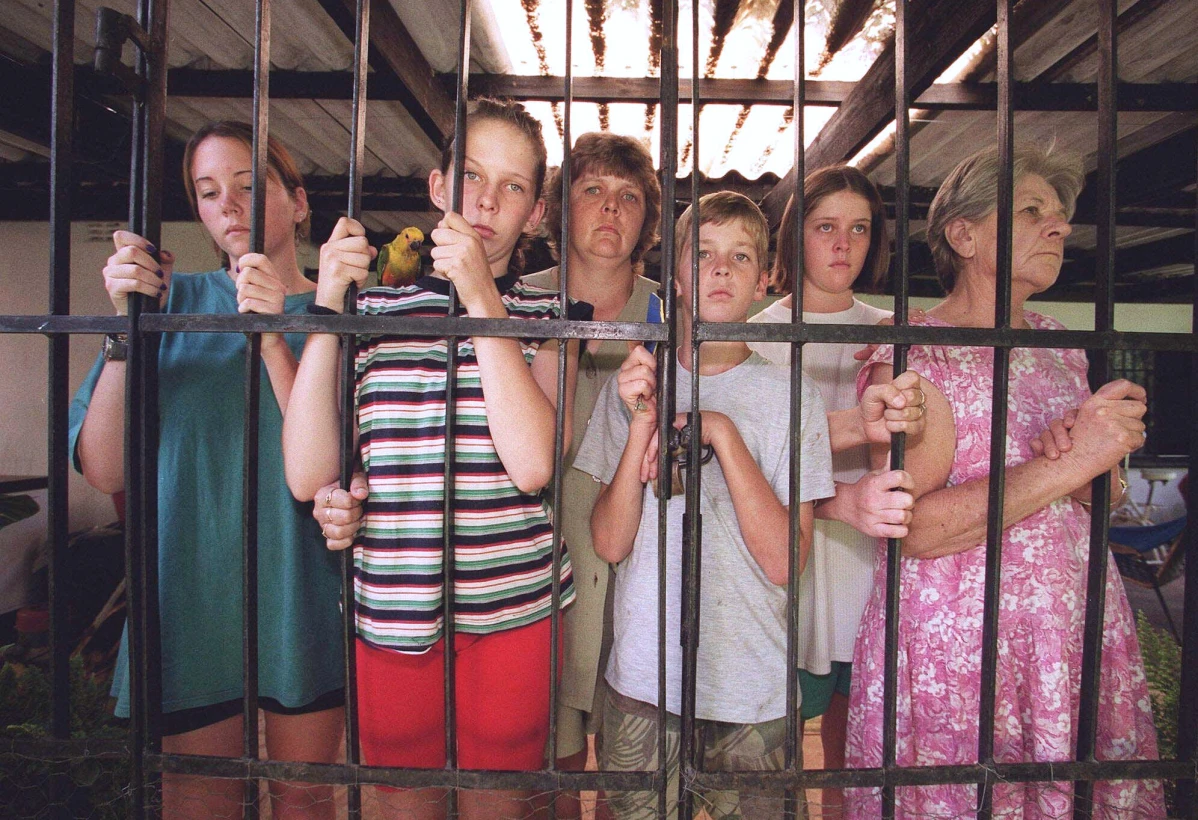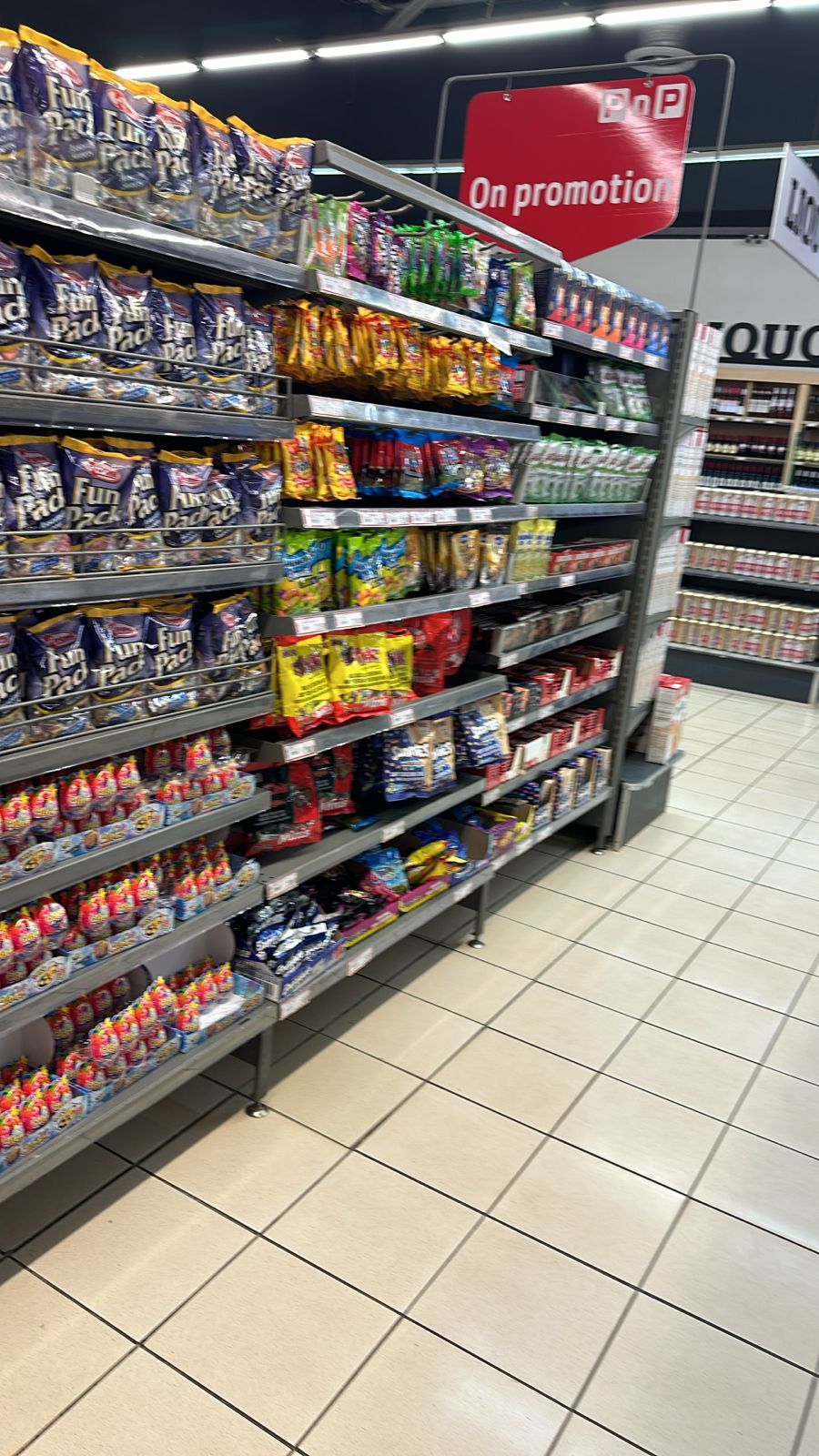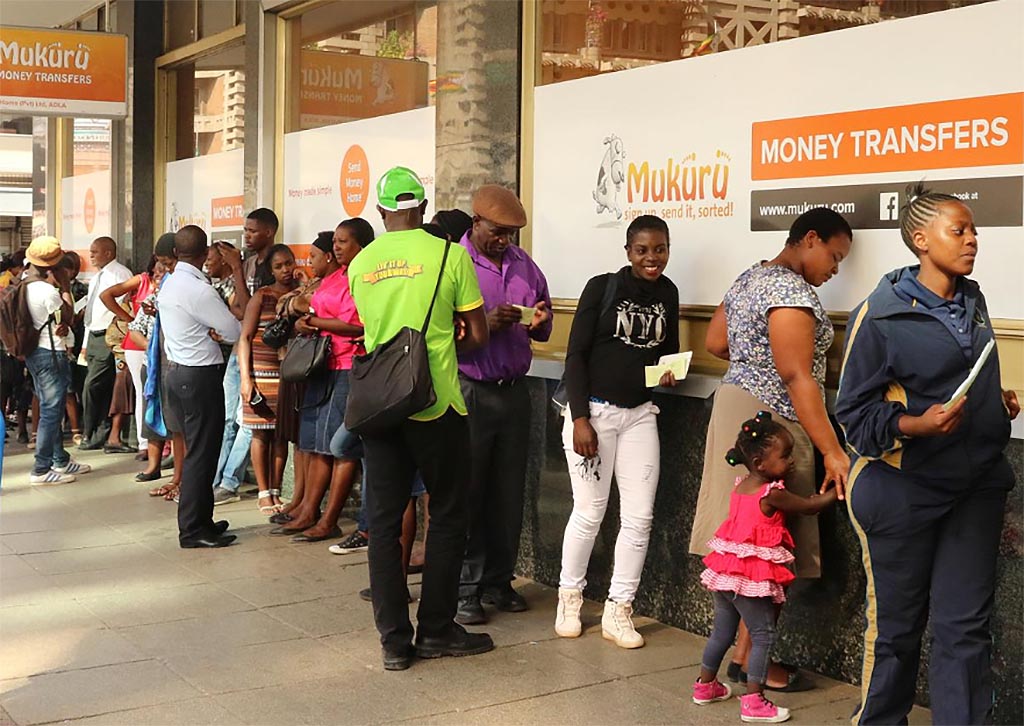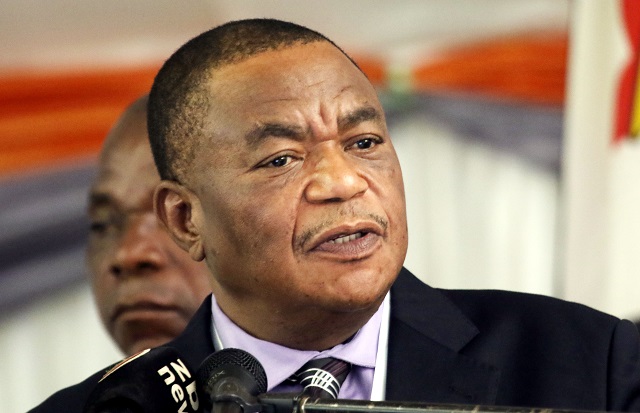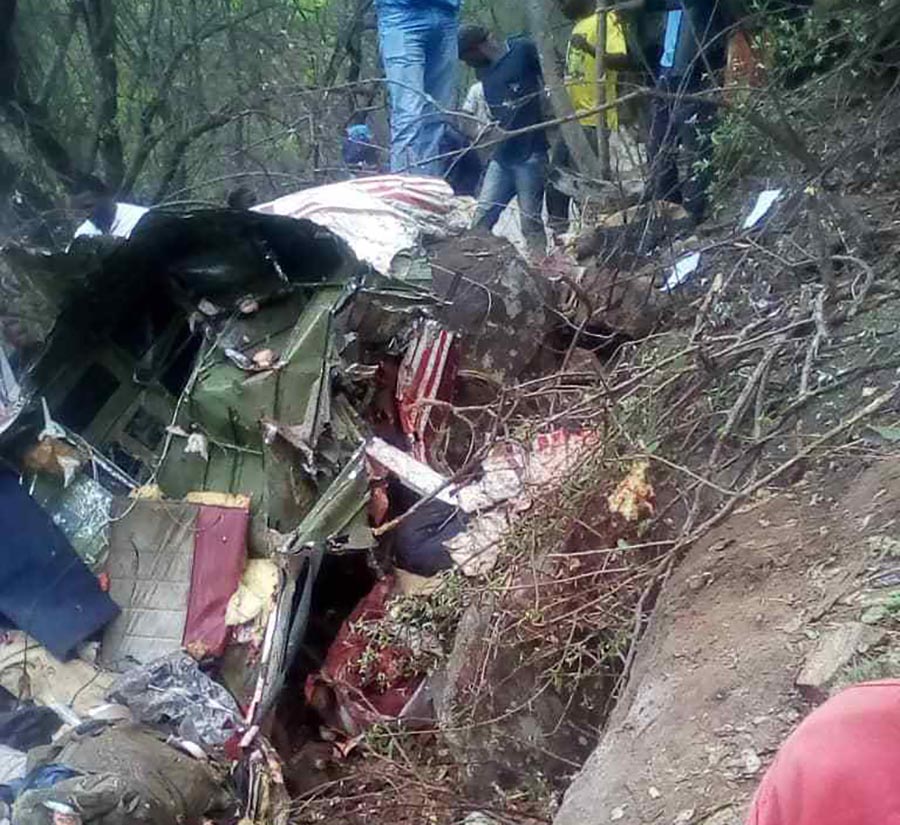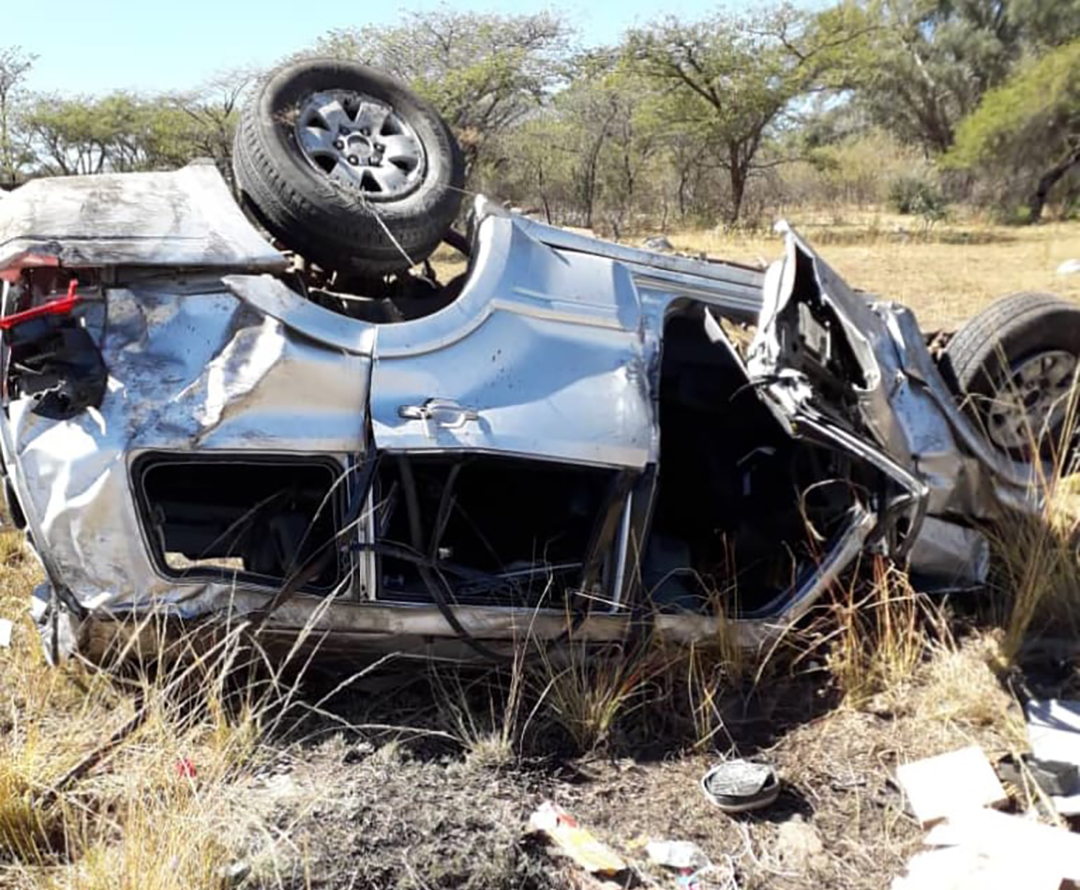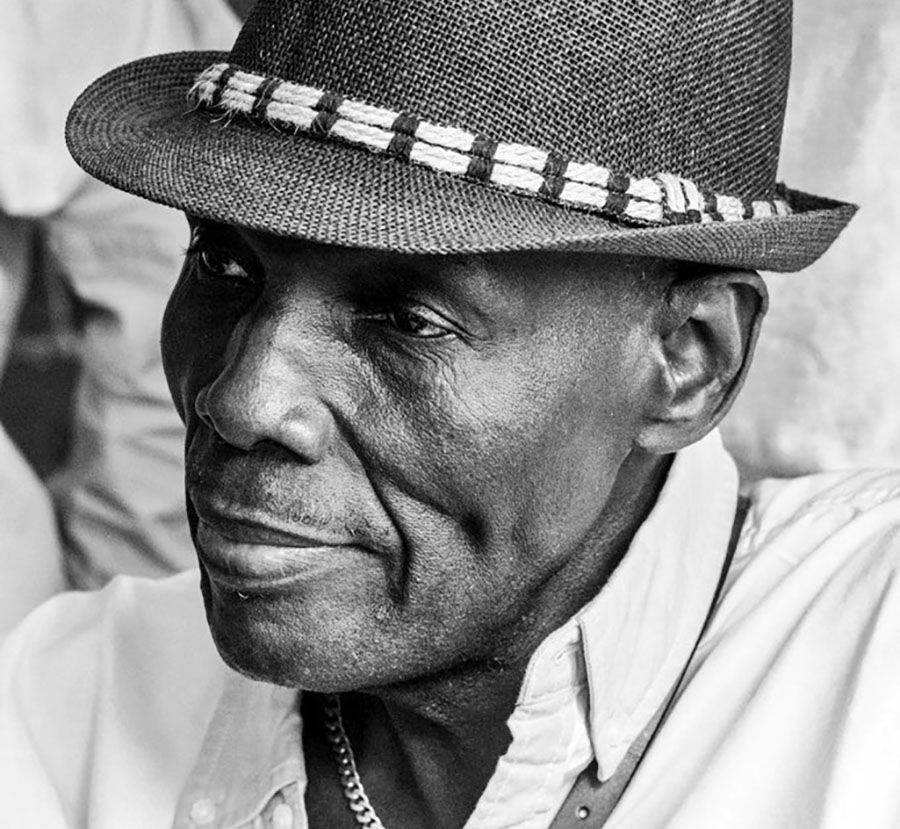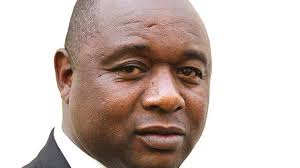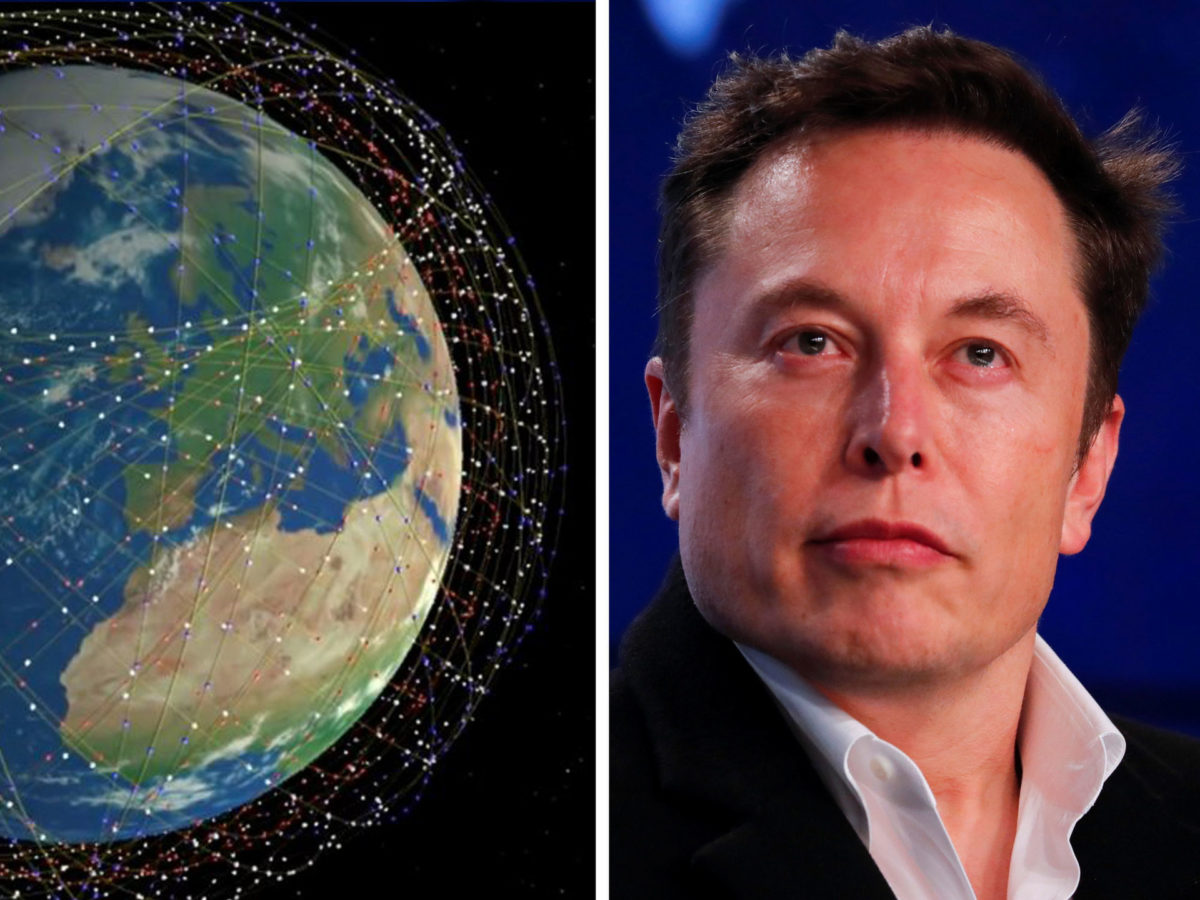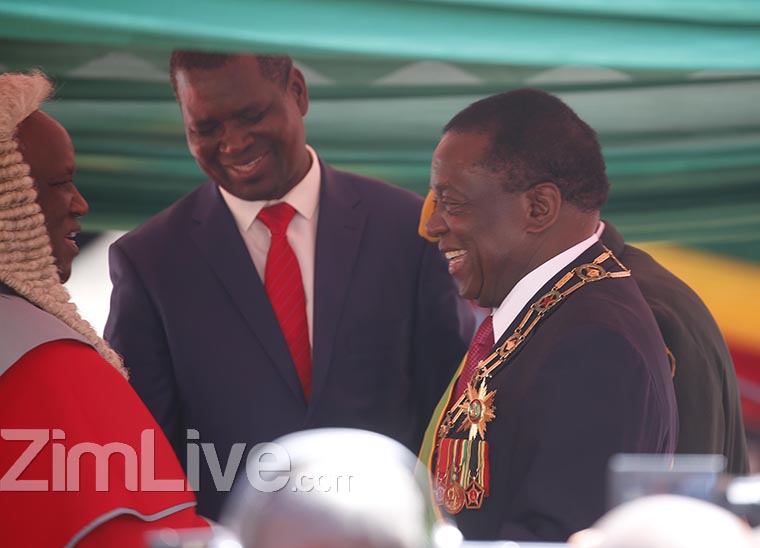HARARE – President Emmerson Mnangagwa, desperate for a bailout to shore up Zimbabwe’s collapsing economy, is set to embark on a five-country tour next week.
Mnangagwa will visit Russia, Belarus, Azerbaijan and Kazakhstan before attending the World Economic Forum in Switzerland, the presidency said.
Presidential spokesman George Charamba told state media that Zimbabwe can expect “quite a bumper harvest of agreements and Memoranda of Understanding”.
“In respect of the first four, they are at the invitation of his counterparts,” he said. “The countries, which are in the same region, are strategic both bilaterally and multilaterally.”
The trips are set to be undertaken with a large entourage on a private jet, costing millions to the country.
Mnangagwa, six months into his disputed presidency, is battling growing discontent within the country. On Tuesday, government employees threatened a government shutdown within 14 days as they push for improved salaries to match the rising cost of living.
At the root of the crisis is a foreign currency crunch which has seen long fuel queues, sharp price increases and companies failing to access their export proceeds from the Reserve Bank.
At least 95 percent of bank deposits of nearly $9 billion are not supported by any paper currency – meaning government workers paid through the RTGS system cannot access their cash when they need it, effectively forcing them into using bank cards or mobile money to complete everyday transactions.
A 2 percent tax on all electronic transactions introduced in October by Finance Minister Mthuli Ncube hit Zimbabweans hard, and businesses discovered their costs had gone up as a result and passed on the burden to consumers.
The result has been a perfect storm for Mnangagwa’s government. The demand for foreign currency has sunk the value of the bond note surrogate currency which the government maintains, with zero credibility, is at par with the US dollar. Businesses and individuals have been offloading their bond notes and RTGS balances on the black market in exchange for scarce U.S. dollars at three times less than the value set by the government.
Even Mnangagwa knows Zimbabwe cannot have an imaginary internal currency forever if it wants to return from beyond the edge of the map of established economic theory. (One example of the current illogic: The Harare stock market tends to rise on bad economic news, because domestic investors view shares as a hedge against RTGS and bond note inflation. Zimbabweans know a reckoning is inevitable and will almost certainly be painful. The country’s economy is built on “a grand illusion,” says John Legat, a Harare-based investor. “At some point you’ve got to say, ‘Sorry guys, we’ve been telling you it’s a dollar, but it’s not.’”
Restoring the RTGS and bond note balances to true parity with the U.S. dollar probably would require a huge injection of capital, for which there is no clear source. The World Bank and International Monetary Fund will not lend to Zimbabwe because the country is in arrears on past financing. No private investors are apparent. A U.S. bailout of is not remotely on the radar, not least because Zimbabwe is under United States sanctions; and China’s foreign-investment priorities are biased toward hard infrastructure that provides work for its companies—not shovelling funds into what could be a black hole. Ultimately, even if a miracle recapitalisation did occur, it would not solve a fundamental liability of using the U.S. dollar: Such a strong currency makes Zimbabwean exports uncompetitive.
The most prominent alternative is a forced devaluation, officially acknowledging the fact that $1,000 notionally on deposit in a Zimbabwean bank is worth far less, although no-one quite knows by how much. Socially, this would be explosive in a country whose citizens have already lost their savings once in recent memory. But economically it might be essential, if it enables the restoration of a Zimbabwean currency that makes its exports more attractive.
The trips to eastern Europe and Switzerland will bring up Mnangagwa’s foreign travel to almost 30 foreign trips since he assumed power following a military coup in November 2017. Ministers and state media often boast of “mega deals” at the end of almost every foreign trip, but Zimbabweans have not seen any visible economic change – if anything, they are worse off now than under Robert Mugabe, the man Mnangagwa and the military toppled, claiming “the situation in our country has reached another level”.
Mnangagwa’s Foreign Trips Since Taking Power in 2017 (Source: ZimLive)
December 2017: Pretoria, South Africa
January 2018: Davos, Switzerland
January 2018: Addis Ababa, Ethiopia
January 2018: Luanda, Angola
January 2018: Lusaka, Zambia
January 2018: Windhoek, Namibia
January 2018: Maputo, Mozambique
February 2018: Gaberone, Botswana
March 2018: Gaberone, Botswana
March 2018: Kinshasa, Democratic Republic of Congo
March 2018: Kigali, Rwanda
April 2018: Beijing, China
June 2018: Nouakchott, Mauritania
June 2018: Dar es Salaam, Tanzania
July 2018: Johannesburg, South Africa
August 2018: Windhoek, Namibia
September 2018: Beijing, China
September 2018: New York, United States
October 2018: Lusaka, Zambia
November 2018: Conakry, Guinea
November 2018: Addis Ababa, Ethiopia
January 2019: Moscow, Russia
January 2019: Minsk, Belarus
January 2019: Baku, Azerbaijan
January 2019: Astana, Khazakstan
January 2019: Davos, Switzerland
(Additional reporting Bloomberg)

